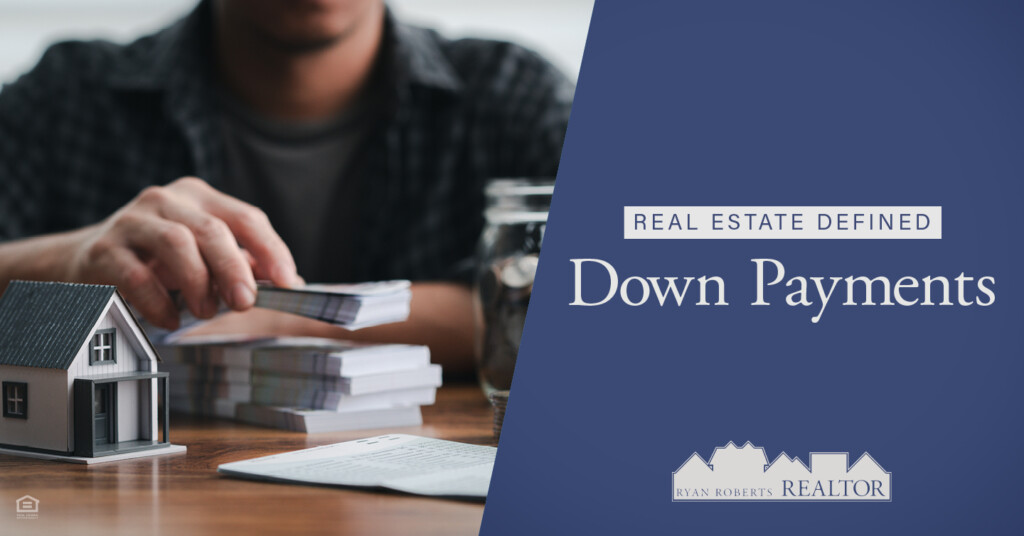
Buying a home means understanding not just the property, but also key real estate terms.
We’ve discussed seller’s disclosures, escrow and being under contract—today, let’s focus on down payments.
What is a down payment?
For starters, a down payment is a non-refundable sum of cash paid in advance when purchasing an expensive object, such as a home or car.
In real estate, the down payment is typically a percentage of the home’s price. The remaining payment is settled by obtaining a loan from a bank or financial institution, which is paid back over time.
For example, a 10% down payment on a $400,000 home would be $40,000. Then, you might need a loan to cover the remaining $360,000.
How big should your down payment be?
Although many potential buyers believe you need a 20% down payment for your first home purchase, that isn’t always the case. According to the National Association of Realtors (NAR), since 2018, the typical down payment for first-time buyers has varied between 6% and 9%, with a maximum of 10%.
In contrast, for repeat buyers in 2024, the average down payment was 23%, reflecting a 10% increase since 2014.
When you apply for a mortgage to buy a home, the down payment is your contribution and initial stake in purchasing it. However, there are many loan options, and some loan types may not require a down payment.
Different types of loans and how they affect your down payment
Let’s take a look at a few types of loans you can apply for, including:
VA and USDA loans
When considering home financing options, VA and USDA loans stand out for their unique benefits, particularly their 0% down payment requirement. Both are excellent choices for qualifying individuals, offering pathways to homeownership without a substantial upfront investment.
More specifically, VA loans are guaranteed by the U.S. Department of Veterans Affairs. They are designed to support current and former military service members, as well as eligible spouses, in purchasing homes.
Similarly, USDA loans are backed by the U.S. Department of Agriculture’s Rural Development program. To qualify for a USDA loan, applicants must meet specific income limits, ensuring that the program assists those who would benefit most from affordable home financing.
Conventional mortgages
Conventional mortgages differ in required down payments, but you can find one for as little as 3%, provided you meet certain criteria. These loans are not backed by the government, but do follow the guidelines set by the government-sponsored enterprises (GSE).
FHA loans
Backed by the Federal Housing Administration, FHA loans require as little as 3.5% down if you have a credit score of at least 580. If your credit score is between 500 and 579, FHA loans require a 10% down payment.
Summary
Are you ready to buy your next home or learn which down payment loan is best for you? Work with a professional who knows the ins and outs, like Ryan Roberts! And, you can learn more about real estate by checking out more of our blogs.

